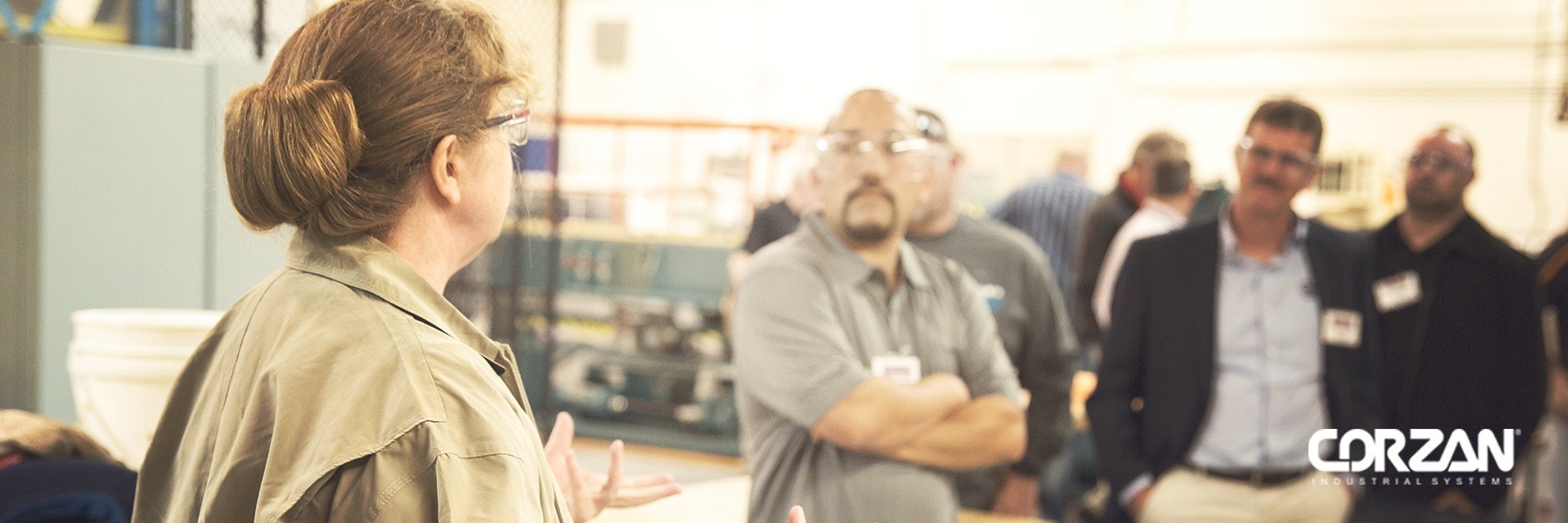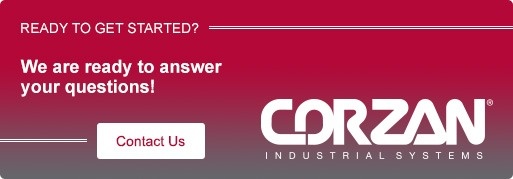The Fundamentals of Industrial Piping System Inspections
In March of 2005, an explosion at a Texas City BP oil refinery (the third largest in the United States) killed 15 workers, injured another 180 and severely damaged the plant. The explosion occurred when a distillation tower flooded with hydrocarbons and became over pressurized. Though not directly caused by a piping failure, it was largely the result of improper safety procedures and red flags over the preceding decade, including:
- Broken alarms
- Broken gauges
- Overly thinned pipe
- Five managers over a six year span
A critical component of plant safety, which could help prevent the next failure, is to learn how to maintain and inspect the piping system as part of a comprehensive process safety management (PSM) program. Properly implemented programs help prevent events like the catastrophic Texas City refinery explosion.
Why Piping Inspections Are Imperative
When a piping system is installed, it is expected—depending on the application—to last for years, even decades. Unexpected conditions cause the material to degrade and experience unforeseen wear. To ensure a catastrophic failure does not catch a plant off guard, ongoing maintenance and inspection is imperative.
Most plants, such as those that meet the Quality Management System requirements of ISO 9000 or 9001, must have a complete plan for maintenance and inspection. Known as a process safety management (PSM) program, the safety guidelines must be:
- Determined and documented
- Followed rigorously
- Known by all team members, including those who are new
Those who follow a thorough strategy closely are rewarded with safer plants and greater operational efficiency.
Specific Advantages of Consistent and Effective Piping Inspections
Regularly executed inspections can help plants remain more efficient. The last thing a plant manager wants is unscheduled shutdowns, as downtime can cost companies up to $260,000 an hour.
Regular external inspections should be performed periodically while piping is online. External inspections help ensure that if piping needs to be inspected further internally or repaired, it can occur during regularly scheduled shutdowns. For most plants, this may be during minor shutdowns every 12 to 18 months or, for larger changes, during major shutdowns every 24 to 36 months.
The other potential problem, which is even more egregious than downtime, is when a system vulnerability is not recognized until it’s too late. A processing failure can result in a number of issues:
- Unsafe spills for workers
- Loss of Primary Containment (LOPC)
- Wasted, costly chemicals
- Hazardous chemicals inadvertently released into the air
- Reportable release of controlled chemicals
In either case, small problems escalate if not identified early. A properly designed and implemented piping inspection plan helps plants avoid costly downtime and repairs, or worse.
Inspection Tips
To thoroughly inspect a piping system, the person assessing must be knowledgeable and experienced in both the system being assessed and the materials involved. For example, an inspector with decades of metal piping experience does not necessarily know what to look for when inspecting thermoplastic piping.
At different times, inspections must assess the system and its components from the outside and inside, as well as its surrounding parts.
External Inspection
An external examination is the most straightforward piping system inspection, but cannot be taken lightly. In most cases this will be done visually, as the reviewer checks for cracks, erosion and other signs of wear. If any warning signs are found on the outside of the pipe, it is likely a foreign object caused it, such as a piece of fallen equipment.
For the outside inspection, pay special attention to the supports, hangers and joints. For plastic piping in particular, ensure the pipe is not sagging or bending. Because the pipe is more flexible, more supports are needed than with a metal system. Sagging or bending can be a symptom of too few supports. It is recommended to visually inspect the piping system during the commissioning phase and again after one year of service looking for any fabrication, installation, or operational issues.
All piping system joints require special attention and are where maintenance is most often needed. Various installation methods may require different actions. For example, a solvent cement welded joint must be checked for signs of leaks—likely resulting from poor a installation—and any signs of deterioration. A mechanical coupling, meanwhile, may need to be retorqued.
In terms of exterior inspections, Corzan® CPVC users can feel reassured about their outdoor systems. Unlike most other thermoplastics, Corzan CPVC’s superior UV weatherability means its pressure bearing capabilities do not decrease over time when exposed to UV.
Internal Inspection
The more tedious aspect of pipe inspection involves the pipe interior. Internal inspections should occur if an external inspection raises red flags, or if dictated according to past experience at the facility, industry knowledge or any regulatory requirements.
Using a borescope, endoscope or some other camera, examine the pipe for anything out of the ordinary. Problems can occur from any misshapes, obstructions, or anything that potentially plugs or impedes the flow. Alternatively, the general appearance of the pipe interior can indicate where the pipe wall thickness is depleting and raises cause for concern.
By specifying Corzan CPVC, users can be more confident in the material’s resistance to corrosion and scaling.
Check out the compatibility of Corzan CPVC with more than 400 chemicals using our chemical resistance table to find out if it will work with your process.
If a CPVC System Requires Maintenance
In the event that a piping system requires maintenance—such as a new joint, run of pipe or an entirely new replacement—CPVC is a better option than metal. CPVC installation methods allow plants to more quickly make repairs and get the line up and running, minimizing the cost of downtime.
Metal is most commonly joined through welding, which requires:
- Highly skilled welders who are in demand and costly.
- Expensive equipment.
- Hot work permits to be obtained in rated areas, which can be a hassle, expensive to acquire and take time.
- Follow ASME B31.3 Guidelines
CPVC, on the other hand, is preferable because it:
- Can be installed through solvent cement welding, which is simple to learn and perform effectively.
- Requires no expensive or specialized tools.
- Entails no fire safety requirements or permits needed.
- Can be installed with mechanical couplings, which can join CPVC to other materials (such as metals) or other pieces of CPVC.
- Can immediately resume operation if mechanical couplings are employed.
- Is more flexible, making it easier to move and connect piping systems.
- Is 1/6 the weight of equally sized steel, enabling it to be moved and handled without heavy machines.
- Follow ASME B31.3 Guidelines
Why CPVC Is a Superior Option to Metals
In many industrial applications, including plant builds, new additions and repairs, CPVC is a superior and more cost-effective option. Find out why CPVC is emerging as a stalwart in the market by checking out our ebook, Metal v. CPVC Piping Systems.


